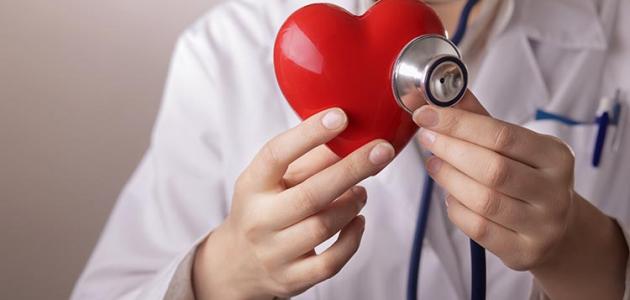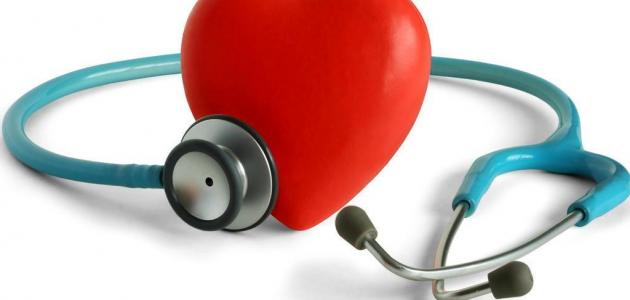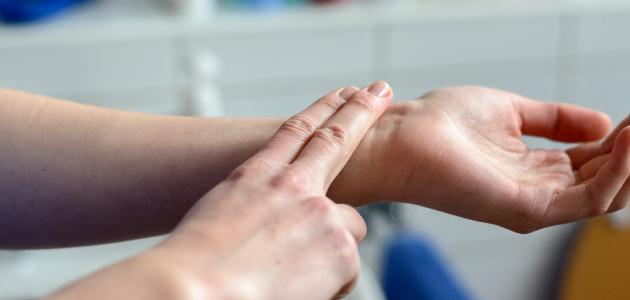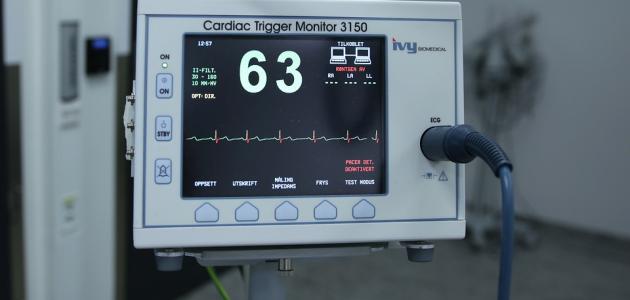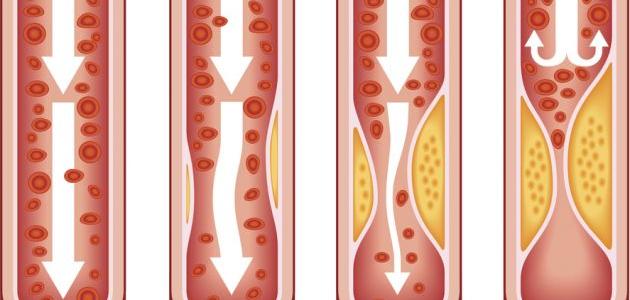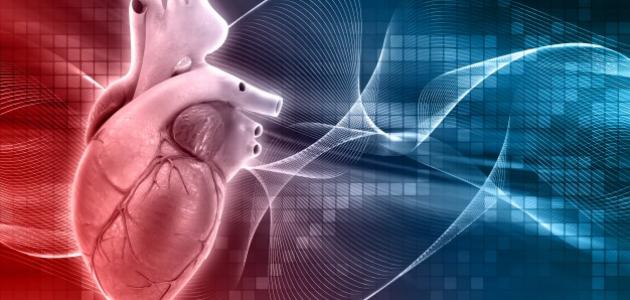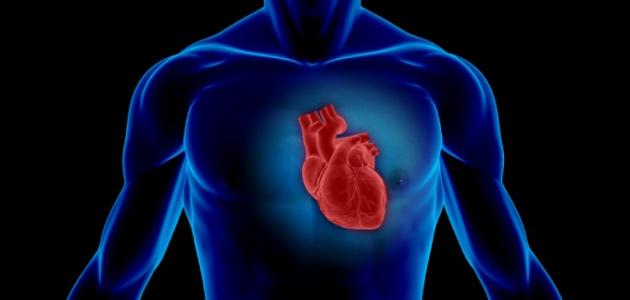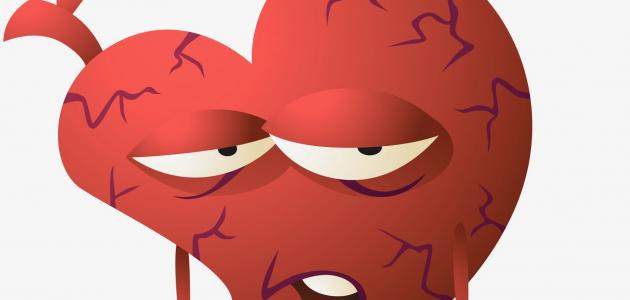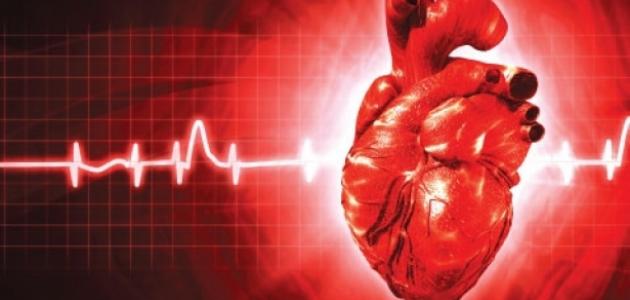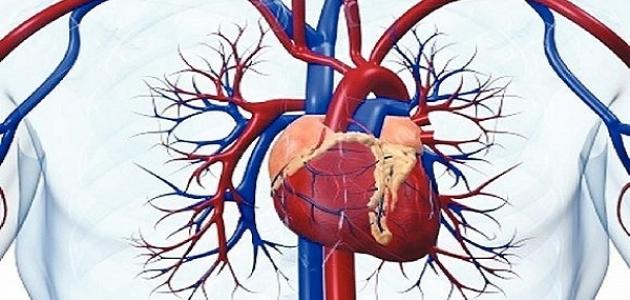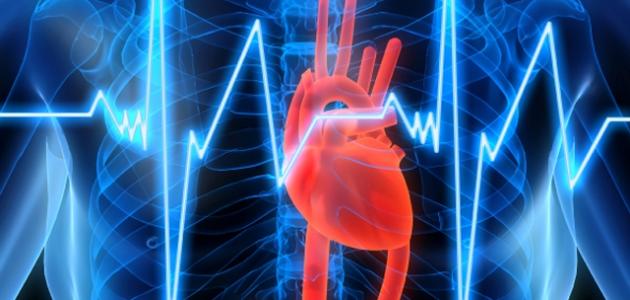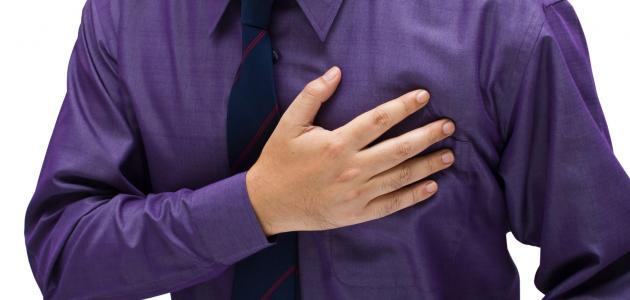Contents
heart beats
The heart beats regularly and steadily so that there is a fixed period of time between each beat, and it is worth noting that the pulse can be found in different parts of the body as a result of blood flow in the arteries and their expansion every time the heart beats, and the normal heartbeat in adults ranges between 60 - 100 beats per minute, but the heart rate may be lower than that in people who have a high level of physical fitness, for example the heart rate can range between 40-60 beats per minute in athletes while at rest, and the person is advised to see a doctor If the heartbeat is less than 40 or more than 120 beats per minute, it is also advised to see a doctor if the person feels the presence of extra or abnormal heartbeats. [1]
How to measure heart rate
There are many simple ways in which the heart rate can be measured, and to obtain a more accurate reading, the measurement can be repeated several times and the arithmetic average of the three values is calculated. Also, measuring the heart rate within an hour to two hours after a strenuous physical activity should be avoided. As the heartbeat remains high for a period after strenuous exercise, and it is advised to avoid measuring the heartbeat during the first hour after consuming caffeine, which can cause heart palpitations and increase the heart rate, in addition to the necessity to avoid measuring the heartbeat after sitting or standing for a long time, and in fact The number of heartbeats is highly dependent on many factors such as age, fitness, smoking, cardiovascular disease and high cholesterol.Diabetes, ocean temperature, person’s height, psychological state, and medication use. Among the methods by which heart rate can be measured are the following: [2] [3]
- Light pressure using the index and middle fingers on the wrist of the other hand between the bone and the tendon over the radial artery, which is located on the side of the thumb in the wrist, counting the beats within 15 seconds, and multiplying the resulting number by four to get the number of heartbeats per minute.
- Gently apply pressure using the index and middle fingers on the side of the neck below the jawbone near the trachea and count the number of beats within 15 seconds, then multiply the result by the number four to obtain the number of heartbeats per minute.
- Different types of heart rate monitors are used, but these devices are generally considered imprecise, including:
- Heart rate monitors: These devices measure the heartbeat through a wireless sensor placed on a belt wrapped around the chest, and the impulses are sent from the sensor electronically to a receiver in the form of a wristwatch to display the heart rate.
- Use of smart phone applications: These applications work by placing a finger on the phone's camera lens, which records the heartbeat through color changes in the finger during the heartbeat.
- Treadmills and sports devices that enable this feature: These heart rate devices rely on tiny amounts of sweat on the palm that reach the metal handpiece to detect the heart's electrical signals.
Slowed heartbeat
A person is considered to have a slow heart rate if the number of heartbeats is less than 60 beats per minute, and slow heartbeat may be a serious problem due to the inability of the heart to pump oxygen-rich blood to the body, but some patients may not show any Signs and symptoms: The symptoms of bradycardia are fainting or near fainting, dizziness or lightheadedness, feeling tired, shortness of breath, feeling chest pain, confusion or suffering from memory problems, and fatigue easily when doing physical activity, and bradycardia can be caused by the following reasons : [4]
- Damage to heart tissue associated with aging.
- Heart tissue damage caused by heart disease or a heart attack.
- Suffering from congenital heart defects present at birth.
- Inflammation of the heart muscle .
- Suffering from complications from heart surgery.
- Underactive thyroid gland .
- Electrolyte imbalance, such as potassium or calcium.
- Frequent apnea during sleep .
- The incidence of inflammatory diseases such as rheumatic fever or lupus .
- Use of certain medications, such as those used to treat heart rhythm disorder, high blood pressure and psychosis.
Increased heart rate
The increase in the heart rate from the normal limit causes the heart to pump blood less efficiently, which reduces the blood supply to various parts of the body, including the heart itself, and it is worth noting that an increase in the number of heartbeats leads to an increased need for the heart muscles for oxygen. If it does not reach the cells, this leads to their death and thus cardiac arrest, and the symptoms of increased heart rate are chest pain, confusion, dizziness, low blood pressure, dizziness, palpitations , shortness of breath, sudden weakness, and fainting, and the causes of increased heart rate include what Follows: [5]
- Use of certain medications.
- Suffering from congenital heart defects.
- Excessive drinking of alcohol.
- The abuse of cocaine and other drugs.
- Electrolyte imbalance in the blood.
- Heart disease that reduces the blood supply to the heart, such as coronary artery disease, heart valve disease , heart failure, tumors, or infection.
- Suffering from high blood pressure.
- Having an overactive thyroid gland
- Smoking .
- Infection with some lung diseases.
References
- ↑ "What is the pulse and how do I check it" , www.medicalnewstoday.com , Retrieved 15-9-2018. Edited.
- ↑ "What's a normal resting heart rate" , www.mayoclinic.org , Retrieved 15-9-2018. Edited.
- ↑ "Want to check your heart rate? Here's how" , www.health.harvard.edu , Retrieved 15-9-2018. Edited.
- ↑ "Bradycardia" , www.mayoclinic.org , Retrieved 15-9-2018. Edited.
- ↑ "Everything you need to know about tachycardia" , www.medicalnewstoday.com , Retrieved 9/15-2018. Edited.



